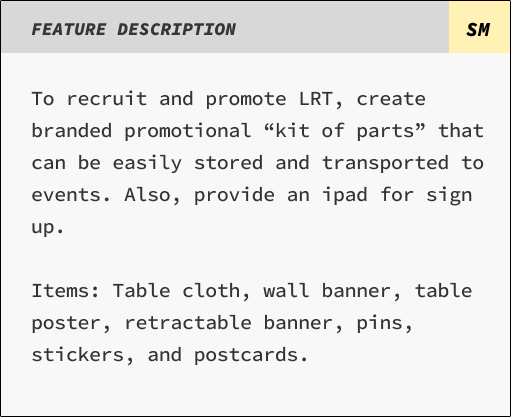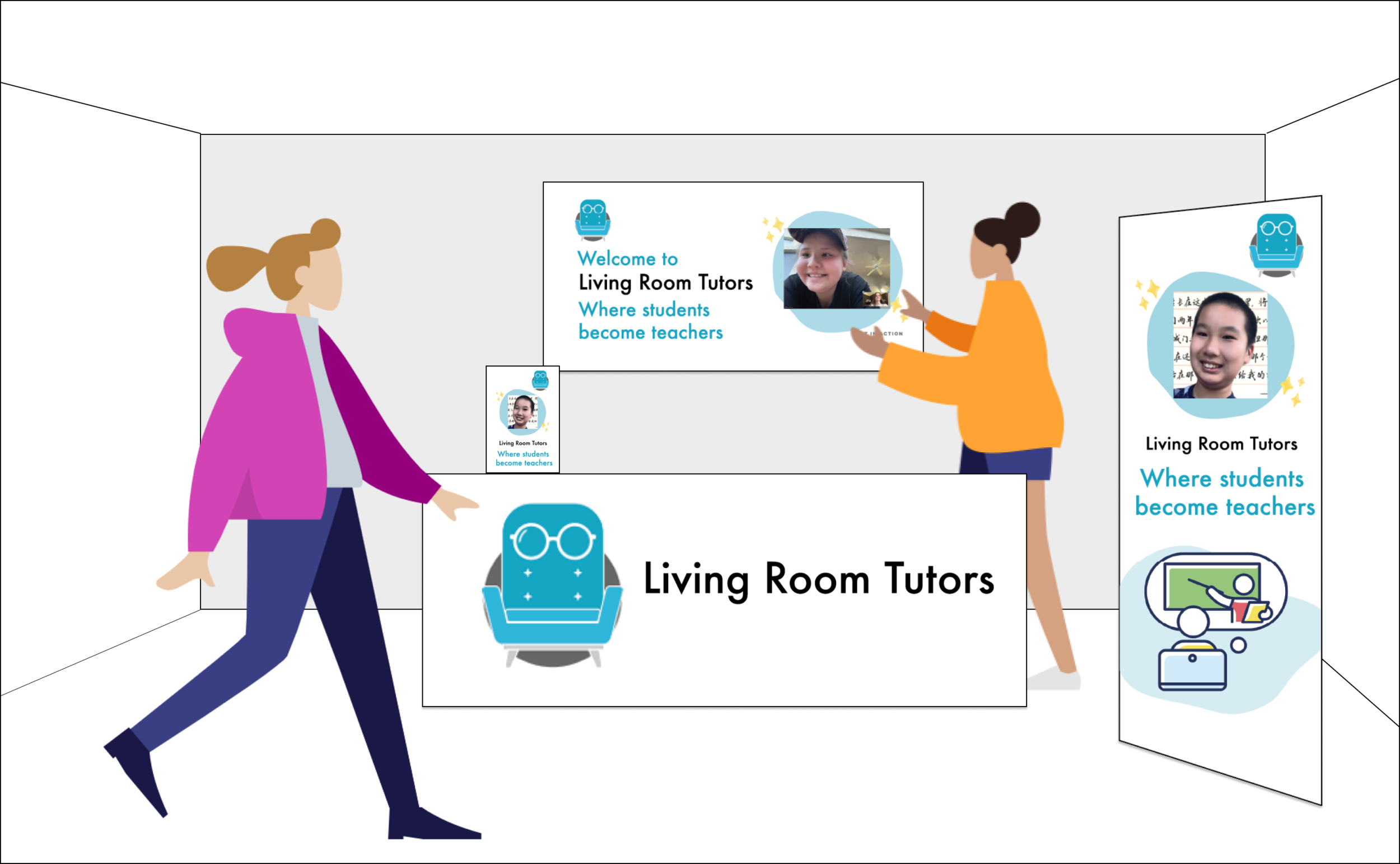Living Room Tutors
Overview
Living Room Tutors, is a volunteer matchmaking website for tutors and free for virtual tutoring students, primarily K-12 students. Tutor and tutee are matched based on the tutee's needs and the tutor's academic strengths. Once matched, the tutor and tutee coordinate their tutoring schedule.
What they want to learn
LRT asked our team to provide a multi-touchpoint strategy to improve the tutor and tutee experience while supporting the organizational goals.
Increase outreach to tutors and tutees
Simplify and clarify the program expectations and process
Optimize matching efforts
Site goals
Conduct secondary research to understand pain points and opportunity areas
Present design documentation that illustrates interactions within a complex problem space
Create prototypes that address opportunity areas
Propose design solutions through rapid prototypes
Present design recommendations that support key goals in a video presentation and a prototype file package
Primary users
Tutee looking for academic help and support
Parents of tutee looking for a tutoring service for their child
Tutors looking to tutor a tutee
Staff looking for a multi-point strategy
My role
UX design and research
Research goals
Our strategy statement:
"All user experience touchpoints for Living Room Tutors will help tutors to feel supported and confident so that they're able to help students and continue volunteering their time. We will do this by focusing on providing tutoring resources, tutor-to-tutor mentorship, and focusing on outreach. As a result, we hope to see a change in tutor engagement and retention."
Process
Competitive audit
User journey map
Empathy mapping
Stakeholder interview
User scenario
Storyboard
Tools Used
Excalidraw
FigJam
Figma
Adobe suite
Google suite
Zoom
Dropbox
Team
Jamie Tan
Ia Xiong
Amiee Lee
Stephen Magner
Role
UX design and research
Type
Website
Deliverables
User journey maps
Feature cards
Annotated designs
Presentation video
Know, don’t know, assume
We reviewed LRT's client brief to begin this journey, including a new website design, survey results, and marketing/outreach materials. Next, we documented what we knew and did not know and our assumptions about the LRT, the audience, and the problem areas in preparation for the stakeholder interviews.
Research
We conducted secondary research into the problem space with a deeper understanding of LRT. Each of us looked into a different touchpoint. I did a competitive audit to learn how organizations engage with potential tutors and tutees.
Here are the questions about LRT:
What can we learn from similar organizations?
Are there any barriers to becoming a tutor/tutee?
What are the pain points?
What's delights the user?
Are there opportunities to enhance the user experience?
FigJam white board
User journey
Our proposed strategy centers around the tutor's perspective. Based on the tutors' feedback, we learned about a lack of resources to support the volunteer tutors. Our user Journey map represents the tutor's current journey and the desired future journey.
User journey before
User journey after
Feature card
We prototyped for one of the aspects of our multi-touchpoint strategy. My prototype included a “kit of parts” for outreach promotional events. The “kit of parts” includes:
Wall banner
Retractable banner
Table covering
Poster
Pins and stickers
My feature card for LRT the outreach strategy
My promo ideas for LRT outreach strategy
Our team LRT multi-touchpoint feature cards
Prototype
My LRT outreach prototype. Wall banner, retractable banner, table cloth, poster, pins, and stickers.
Storyboard
Sketching out the video storyboard helped clarify and refine our image flow and script. The video needed to run for less than ten minutes. Creating the video was a fun and exciting challenge.
LRT video and script storyboard
Deliverable
Our deliverable includes annotated wireframes, identifying opportunities areas, and the intended users for the proposed new features. We created a delightful video presentation that illustrates the LRT multi-touchpoint strategy.
Annotated wireframes
Conclusion
LRT is an incredible organization providing free services for tutees and allowing tutors to mentor young students. Our multi-touchpoint strategy is a low-cost proposal to increase outreach and provide accessible resources for the tutors.
I'm honored to be a part of this multi-touchpoint strategy for LRT. So many students and parents continue to receive complimentary educational support.
"These projects are so incredibly thoughtful, creative, and professional... I can't express how in awe I am of this work!
We are so blessed to have been able to work with you all on this project. You all are incredible."
Zoey Chen/Living Room Tutors


